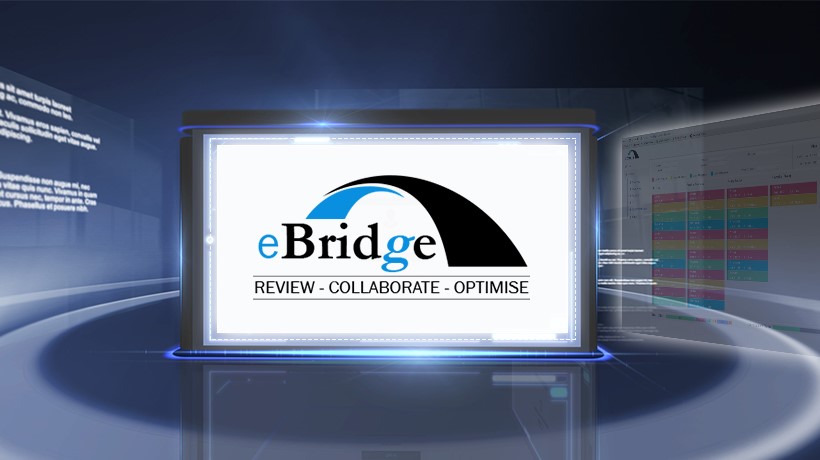
Often, in the Learning and Development (L&D) world, the terms Training Needs Analysis and Learner Needs Analysis are used synonymously, but tactically they’re different concepts.
A learner needs analysis, will help you focus on two things: first, the problem that learners need solved and second, how to enable learners to solve that problem. Additionally, the learner needs analysis should determine the deeper goals, motivations, and opportunities that the learner wants to achieve through the training.
In this article, we highlight the positive impact of a Learner Needs Analysis on training programs and outline steps to successfully conduct one.
Read this article to learn:
What Is a Learner Needs Analysis?
Often, in the Learning and Development (L&D) world, the terms Training Needs Analysis and Learner Needs Analysis are used synonymously, but tactically they’re different concepts. A training needs analysis views problems from the organizational level. If done without being coupled with a learner needs analysis, a training needs analysis often results in superficially good enough training solutions. Those solutions are too often things more akin to an in-depth explanation and tour of a concept, process, or tool. Most product training is the result of a training needs analysis performed without considering the learner’s needs.
A learner needs analysis, on the other hand, should focus on two things: first, the problem that learners need solved and second, how to enable learners to solve that problem. Additionally, the learner needs analysis should determine the deeper goals, motivations, and opportunities that the learner wants to achieve through the training.
So, a learner needs analysis answers the question: What is the problem learners need to solve? In a call center, it might be that customer service representatives feel they spend too much time on the phone with each customer, causing hold times to be too long. In a software company, it might be that mid-level managers don’t feel confident that they’re able to align their team’s daily work to enterprise goals and strategies. The learner needs analysis would identify what those problems are.
Once the problem is identified, a good learner needs analysis will then answer the question of what the most effective means would be to solve the problem.
It’s vital to conduct both types of analysis (training and learner needs analysis) to understand and integrate learner needs in training programs. A learner needs analysis ensures that learners are the focus of training programs, ensuring that performance improvement helps drive organizational goals.
Why Should You Conduct a Learner Needs Analysis?
A learner needs analysis ensures a human-centric approach for L&D programs. It helps inform learner expectations and preferences. By getting to know the needs and expectations of learners, the content, context, and modality of training can be customized for effectiveness. It clarifies and focuses on the objectives of a learning solution, making it stickier. It also clarifies exactly what learners need to accomplish.
A good learner needs analysis will help identify accessibility requirements. It often helps learners feel like they have a stake and a part in the process of designing learning solutions.
How Will a Learner Needs Analysis Improve the Impact of Training Programs?
A learner needs analysis improves the impact of training in a number of ways.
First, it improves learner engagement. Understanding what learners need to do on the job and how that ties to enterprise goals helps employees remain engaged in the training. When the correlation between training and performance goals is obvious, employees are more likely to apply what they learn on the job.
Second, as employees apply what is learned in training programs, their performance should improve. This facilitates enhanced return on investment, maximizing the effort that goes into the development and implementation of training solutions.
How Do You Conduct a Learner Needs Analysis?
Before starting a learner needs analysis, focus on defining items such as identifying and clarifying, in succinct terms, the objectives and intended outcomes of a training intervention. You need to frame the analysis by starting with performance objectives. Follow the logic of the performance objectives to create learning objectives and make sure to involve each stakeholder that will either contribute to, or be impacted by, any resulting training solutions.
A thorough learner needs analysis captures as much audience demographic data as possible, such as age, job roles, performance metrics, geographic spread, and incumbent support technology. Regional sensitivities, learner goals, and historical training interventions (for precedent) should also captured.
Attempting to capture all of that data in a learner needs analysis might seem daunting, but there are some simple and effective means L&D teams can employ. Surveys are a great way to capture much of that information with minimal effort by those conducting the analysis. Typically, surveys are most effective when response options are limited to specific options instead of open-ended answers. Specific options are more objective and measurable than open-ended questions. Focus groups are also useful, especially when gathering data that requires in-depth explanations. Participants are able to interact and build off each other’s responses, deepening the data implemented in the learner needs analysis. Individual interviews, while most time consuming, offer the deepest analysis of target audiences, giving L&D teams a glimpse into the individual needs of learners.
Once the data for a learner needs analysis has been captured, it can then be prioritized and formulated into recommendations. Those recommendations should include descriptions of current state, gaps, and available technology, available performance metrics, previous learning experiences, and plans to implement post-training feedback.
Use learner personas to collate and present the learner needs analysis findings. Learner personas are effective ways to plan the learner journey, including appropriate L&D strategies.
Parting Thoughts
The learner needs analysis informs training solution design because it answers the question: What is the problem learners need to solve? This analysis helps solve those problems for organizations seeking effective, human-centered solutions.
I hope the pointers mentioned in this article will help you use learner needs analysis to identify the vital skills, training modalities, and methodologies to improve performance and positively impact the enterprise bottom line.



